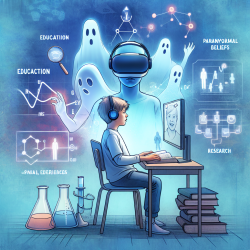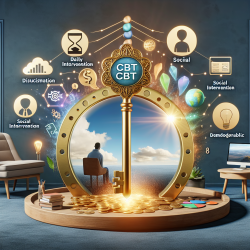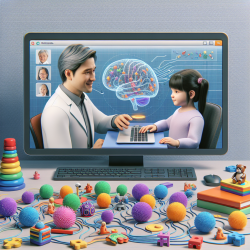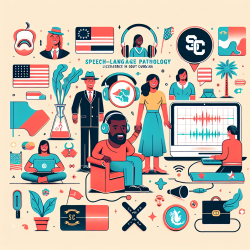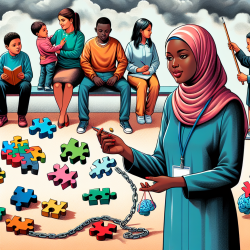Introduction to the Noetic Experiences and Beliefs Scale (NEBS)
In the field of speech-language pathology, understanding diverse perspectives and experiences can enhance therapeutic outcomes. A recent study titled Measuring extraordinary experiences and beliefs: A validation and reliability study introduces the Noetic Experiences and Beliefs Scale (NEBS), a tool designed to assess paranormal beliefs and experiences as distinct constructs. This blog explores how practitioners can leverage these insights to improve their practice and encourages further research into this intriguing area.
The NEBS: A Brief Overview
The NEBS is a 20-item survey divided into two subscales: beliefs and experiences, each consisting of 10 items. The study validated the NEBS through rigorous testing with diverse populations, demonstrating its reliability and internal consistency. With Cronbach’s alpha scores of 0.90 for beliefs and 0.93 for experiences, the NEBS offers a robust framework for understanding how individuals perceive and experience the paranormal.
Implications for Practitioners
For speech-language pathologists, understanding a child's belief system can be crucial in tailoring effective interventions. Here’s how practitioners can integrate the NEBS findings into their practice:
- Enhanced Communication: By recognizing and respecting diverse beliefs, therapists can build stronger rapport with clients, fostering a more supportive therapeutic environment.
- Personalized Interventions: Understanding a child's unique experiences and beliefs can inform the development of personalized therapeutic strategies, potentially improving engagement and outcomes.
- Broader Perspective: The NEBS encourages practitioners to consider the broader context of a child's experiences, which can lead to more holistic approaches in therapy.
Encouraging Further Research
The study highlights the need for further research into the relationship between beliefs and experiences. Practitioners are encouraged to explore these dimensions within their client populations to better understand how these factors influence communication and behavior. Future research could focus on:
- Longitudinal Studies: Tracking changes in beliefs and experiences over time to understand their impact on therapeutic outcomes.
- Cross-Cultural Comparisons: Examining how cultural differences influence paranormal beliefs and experiences, and their implications for therapy.
- Integration with Other Measures: Combining the NEBS with other psychological and behavioral assessments to gain a comprehensive understanding of a child's profile.
Conclusion
The NEBS provides a valuable tool for speech-language pathologists to better understand the diverse beliefs and experiences of their clients. By integrating these insights into practice, therapists can enhance communication, personalize interventions, and adopt a more holistic approach to therapy. As the field continues to evolve, ongoing research into the NEBS and its applications will be crucial in unlocking the full potential of this innovative scale.
To read the original research paper, please follow this link: Measuring extraordinary experiences and beliefs: A validation and reliability study.
